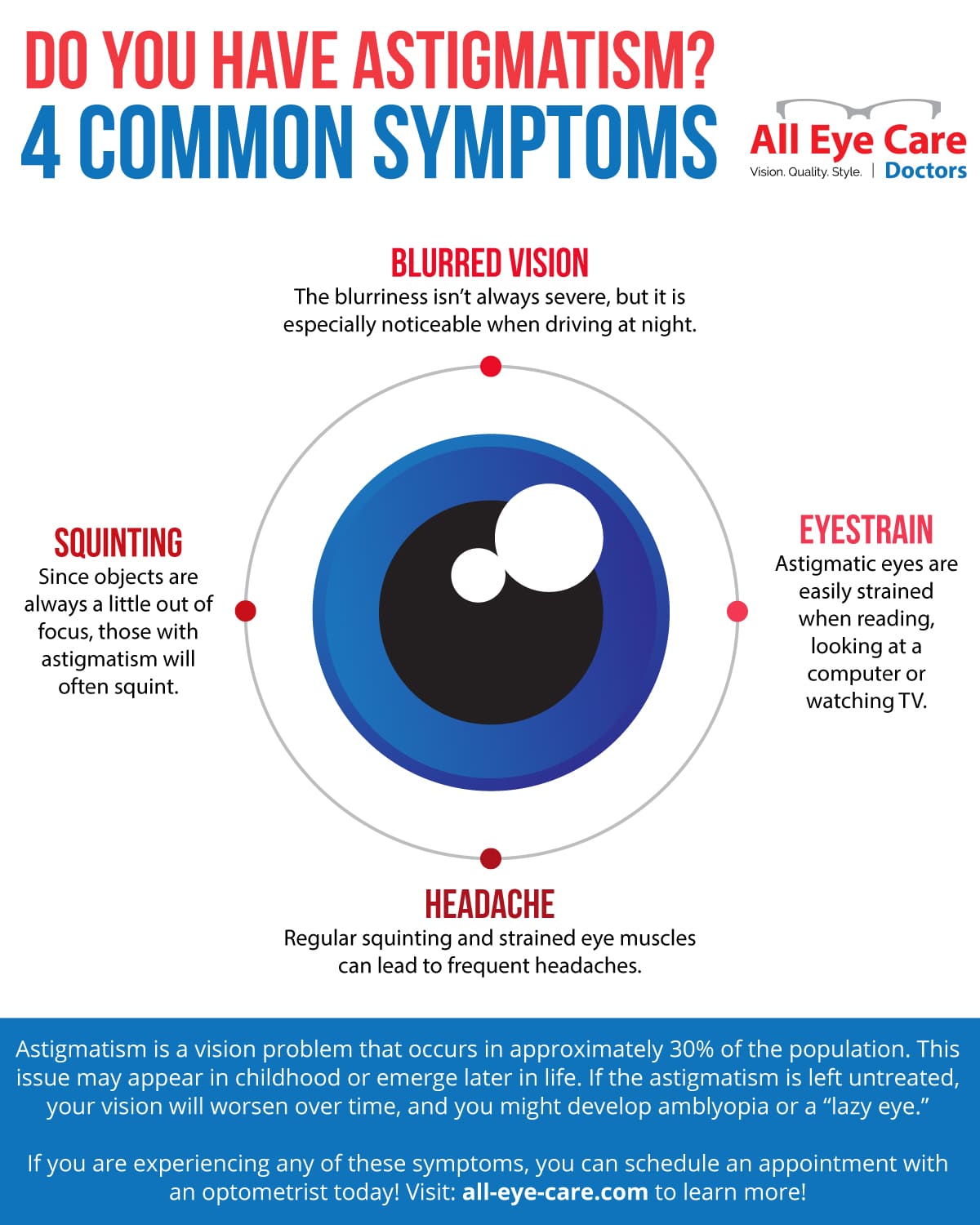What Are The Differences And Similarities Between SMILE Eye Surgical Treatment And LASIK And PRK?
What Are The Differences And Similarities Between SMILE Eye Surgical Treatment And LASIK And PRK?
Blog Article
Uploaded By-McElroy Chase
If you have actually been thinking about SMILE eye surgical treatment, you might question exactly how it stacks up against LASIK and PRK. Each treatment has its own set of advantages and considerations. From quicker recovery times to potential threats, there are crucial differences you should understand prior to making a decision. Recognizing these distinctions will help you make an informed option that straightens with your specific requirements and assumptions. Curious to know even more regarding how these procedures compare in detail? Go on exploring to get a comprehensive understanding of SMILE, LASIK, and PRK.
SMILE Eye Surgery Overview
If you're taking into consideration SMILE eye surgical treatment, you'll find it to be a minimally invasive treatment with a quick recovery time. Throughout SMILE (Little Laceration Lenticule Extraction), a laser is used to produce a tiny, precise laceration in the cornea to eliminate a small piece of tissue, improving it to remedy your vision. This varies from LASIK, where a flap is created, and PRK, where the outer layer of the cornea is completely removed.
One of the key benefits of SMILE is its minimally intrusive nature, resulting in a faster recovery procedure and much less pain post-surgery. The healing time for SMILE is relatively fast, with several clients experiencing enhanced vision within a day or more. This makes it a prominent choice for those seeking a convenient and effective vision improvement procedure. Additionally, SMILE has actually been shown to have a reduced threat of completely dry eye syndrome contrasted to LASIK, making it a desirable option for people concerned about this potential negative effects.
Differences Between SMILE, LASIK, and PRK
When contrasting SMILE, LASIK, and PRK eye surgical treatments, it is very important to comprehend the distinct techniques utilized in each procedure for vision adjustment.
SMILE (Tiny Cut Lenticule Extraction) is a minimally invasive treatment that entails developing a small cut to draw out a lenticule from the cornea, improving it to fix vision.
LASIK (Laser-Assisted In Situ Keratomileusis) entails developing a slim flap on the cornea, utilizing a laser to improve the underlying cells, and afterwards rearranging the flap.
PRK (Photorefractive Keratectomy) gets rid of the outer layer of the cornea prior to reshaping the tissue with a laser.
The primary distinction hinges on the means the cornea is accessed and treated. SMILE is flapless, making it an excellent choice for people with thin corneas or those involved in get in touch with sporting activities. LASIK provides fast aesthetic healing because of the flap creation, however it might present a greater threat of flap-related complications. PRK, although having a much longer recovery duration, prevents flap-related issues altogether.
Recognizing these variations is essential in selecting the most ideal treatment for your vision modification demands.
Benefits And Drawbacks Comparison
To review the advantages and drawbacks of SMILE, LASIK, and PRK eye surgeries, it's necessary to think about the specific advantages and prospective constraints of each treatment. SMILE surgery provides the benefit of a minimally intrusive treatment, with a smaller laceration and possibly quicker healing time compared to LASIK and PRK. It additionally decreases the danger of completely dry eye post-surgery, a common side effect of LASIK. Nonetheless, read what he said may have limitations in treating higher levels of nearsightedness or astigmatism compared to LASIK.
LASIK surgery offers fast visual recovery and minimal pain during the procedure. It's very efficient in dealing with a variety of refractive mistakes, consisting of nearsightedness, hyperopia, and astigmatism. Yet, cataract surgery top doctors of flap difficulties, which can impact the corneal framework.
PRK eye surgery, while not as popular as LASIK, stays clear of producing a corneal flap, lowering the risk of flap-related complications. It appropriates for people with thin corneas or irregular corneal surface areas. Nonetheless, PRK has a much longer healing time and may entail extra pain throughout the healing procedure.
Conclusion
So, when it concerns choosing in between SMILE, LASIK, and PRK, think of it like choosing the ideal set of shoes. SMILE resembles a streamlined, comfortable set of sneakers - fast and easy.
LASIK is a lot more like stylish high heels - fancy and quick, yet with some prospective threats.
PRK resembles sturdy treking boots - dependable and resilient, yet requiring a bit even more effort and time.
Ultimately, the best choice relies on your specific needs and preferences.
